Bed Bug Photos: Identifying Bed Bugs at All Stages
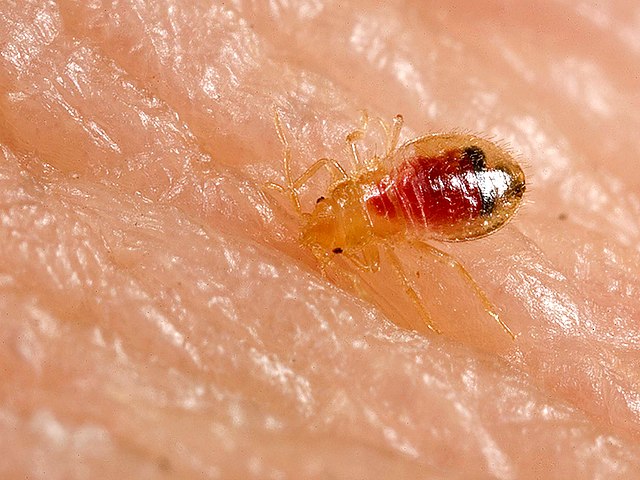
Early identification of bed bugs is crucial for effective control. Bed bugs change appearance as they grow, and many other insects are commonly mistaken for them. This page provides high-resolution images of bed bugs at different life stages and comparisons with similar-looking insects to help you make an accurate identification.
Bed Bug Life Stages
Bed Bug Eggs
- Small, white, and oval-shaped.
- About 1mm in length, resembling tiny grains of rice.
- Usually found in clusters in cracks and crevices.
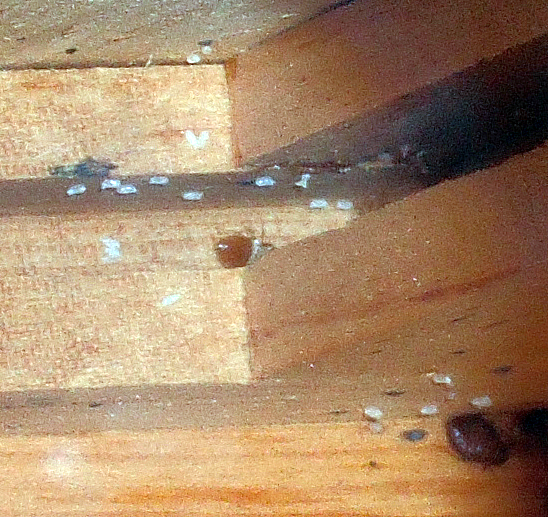
Nymph (Juvenile Bed Bugs)
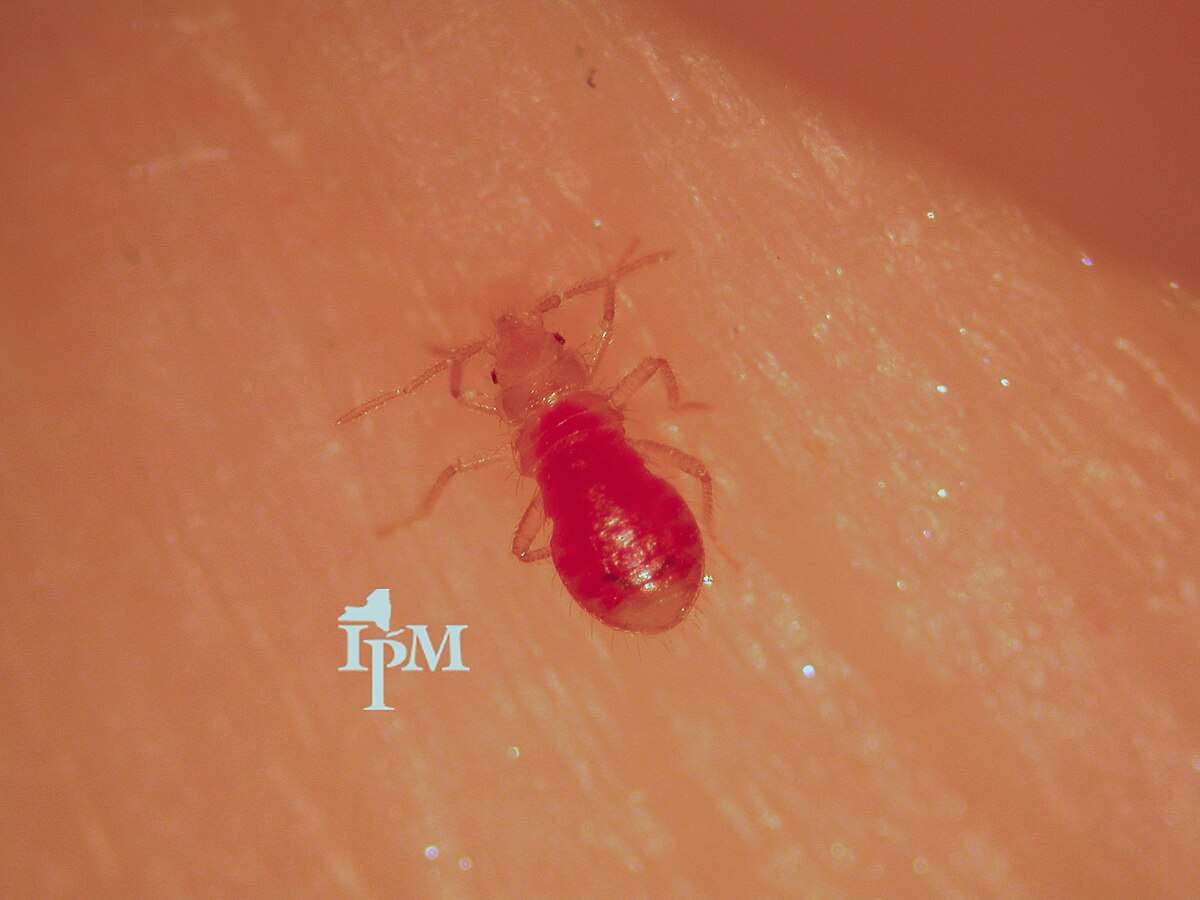
- Almost transparent when unfed, making them hard to spot.
- Darken after feeding due to visible blood in their abdomen.
- Grow through five instars before reaching adulthood.
Adult Bed Bugs
- Reddish-brown, oval-shaped, and flat when unfed.
- Swollen and darker after feeding.
- About the size of an apple seed (5-7mm).
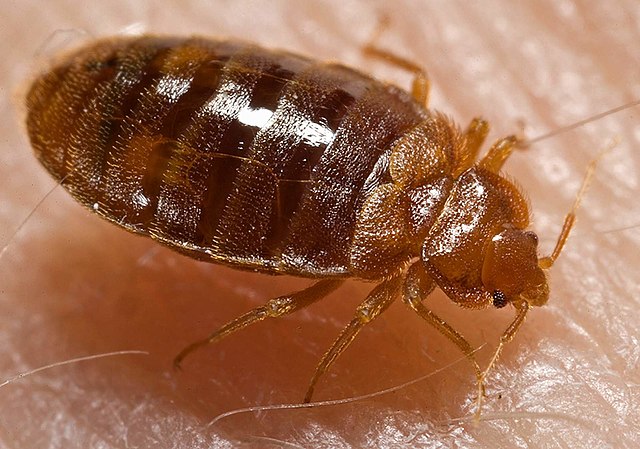
Additional Signs of Bed Bugs
- Fecal Stains: Dark, ink-like smears on bedding or furniture.
- Shed Skins: Light brown, translucent exoskeletons.
- Bites: Clusters or lines of red, itchy welts, though reactions vary.
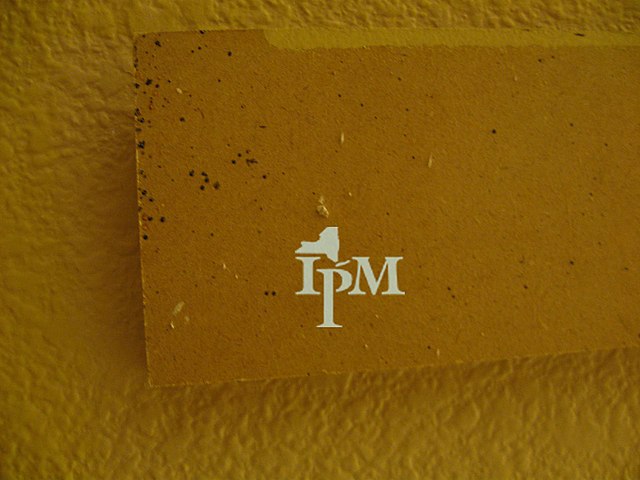
Commonly Misidentified Bugs
Many insects resemble bed bugs, leading to misidentifications. Here’s how to tell them apart:
1. Bat Bugs
These insects most closely resemble their relatives, bed bugs, and are often mistaken for them. While bats are their primary hosts, bat bugs will also feed on human blood when bats are no longer available.
They are likely the closest lookalike, but they have longer fringe hairs on their thorax. You usually won’t see them unless bats are nesting nearby!
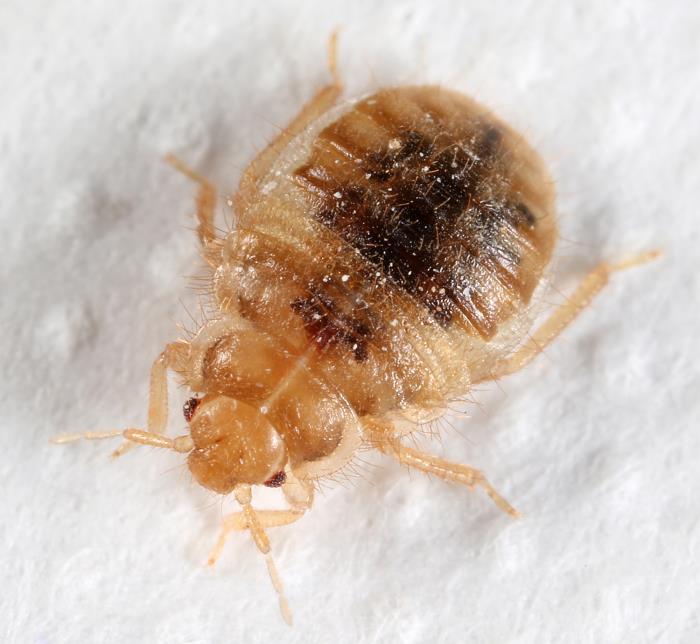
- Bat bugs are related to bed bugs and nearly identical but have more hair.
- Typically found in attics or areas where bats roost.
- Do not usually infest human bedding unless bats are present.
2. Carpet Beetles
- Rounder and smaller than bed bugs.
- Often have a mottled pattern on their shell.
- Do not bite but can cause allergic reactions from their hairs.
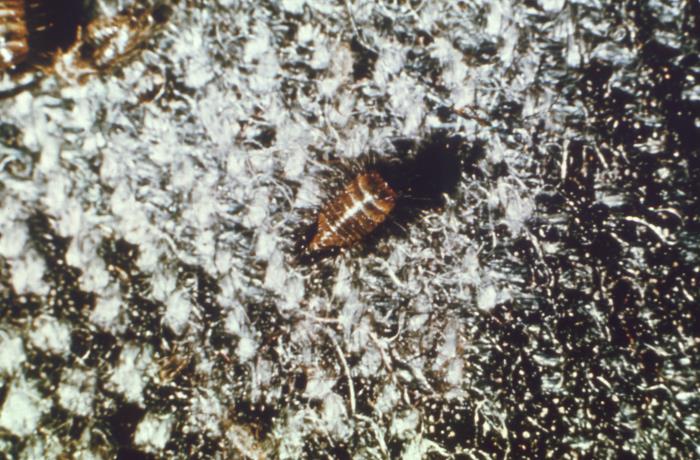
Carpet beetles have a completely different body shape; more rounded and dome-like. They don’t bite and are often found near fabrics and windows.
3. Spider Beetles
- Resemble bed bugs when engorged but are more rounded.
- Have long legs and a more defined head.
- Do not bite or feed on blood.
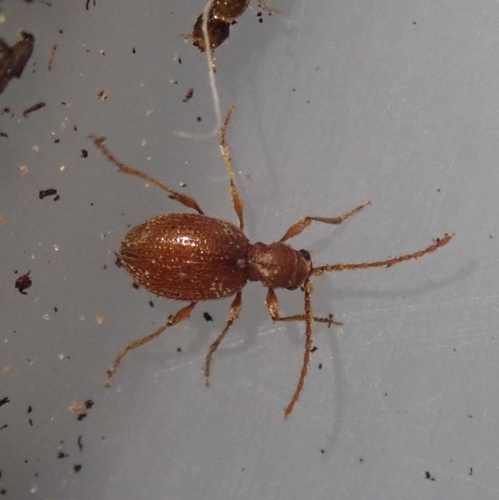
Spider beetles look more like small spiders or ticks. They have a shiny, globular body and long legs.
4. Fleas
- Much smaller (1-3mm) and capable of jumping.
- Laterally compressed (flattened from side to side, not top to bottom).
- Primarily found on pets but can bite humans.
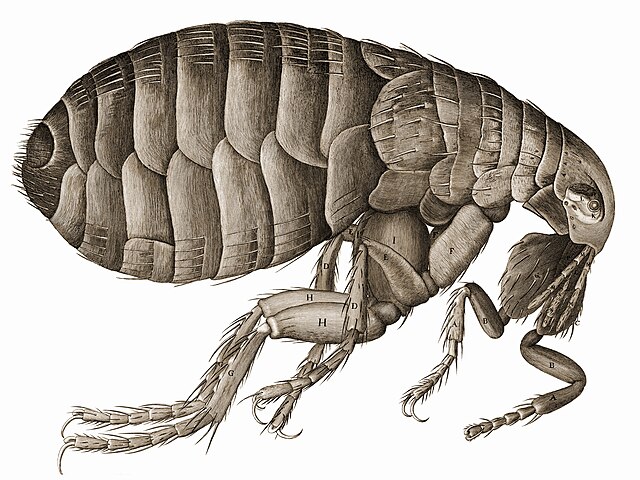
5. Ticks
- Have eight legs, unlike bed bugs (which have six).
- Typically engorge after feeding, becoming much larger.
- Often found on pets or in grassy areas.
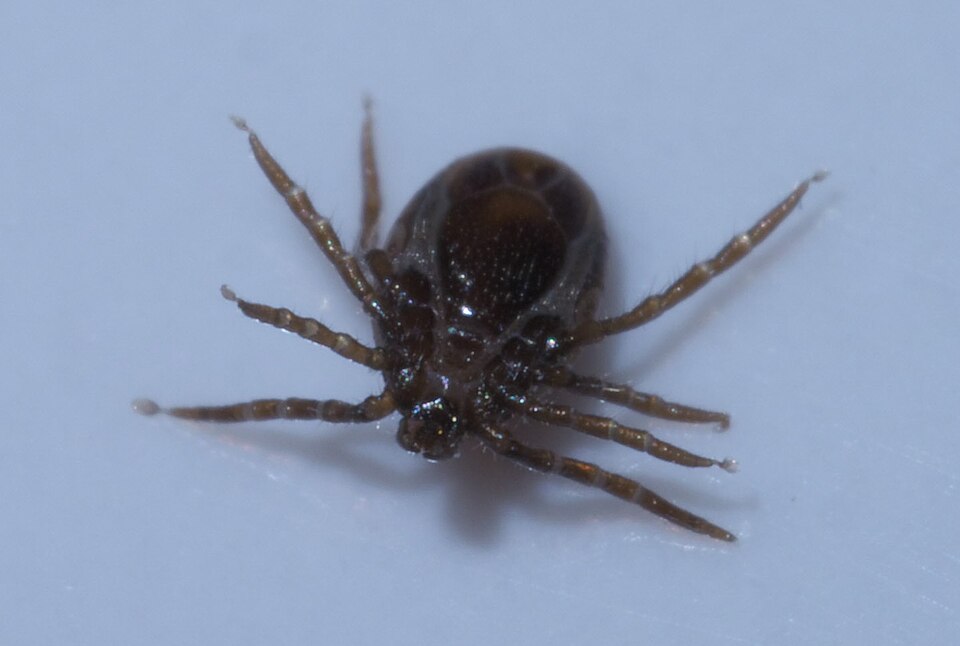
Key Differences
| Bug Type | Key Differences from Bed Bugs |
|---|---|
| Bat Bug | Hairier body, often near bats |
| Carpet Beetle | Rounder, patterned shell, does not bite |
| Spider Beetle | More beetle-like, no blood-feeding |
| Flea | Jumps, laterally compressed |
| Tick | Eight legs, engorges after feeding |